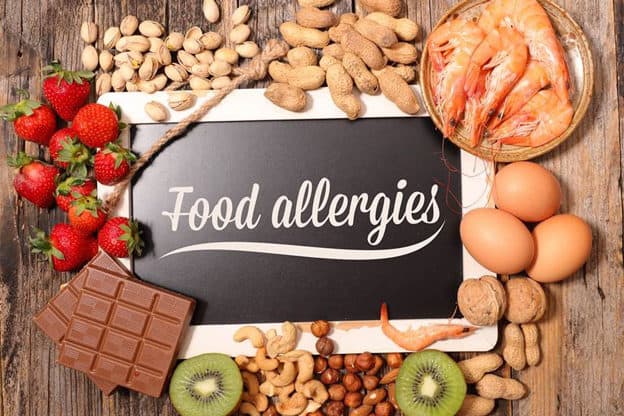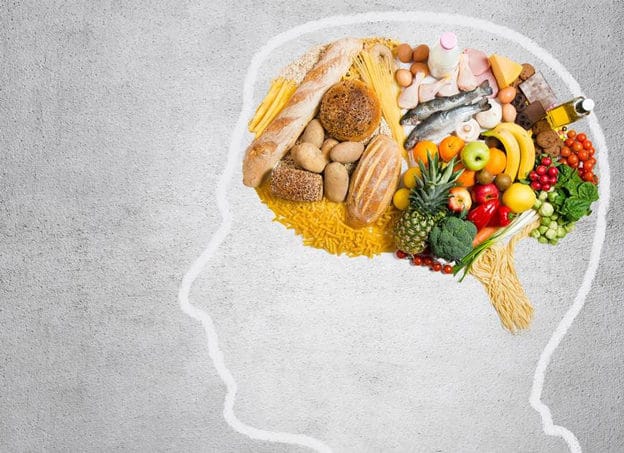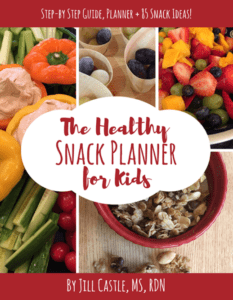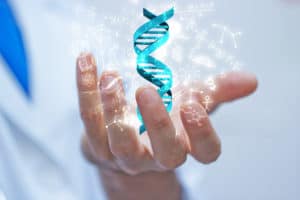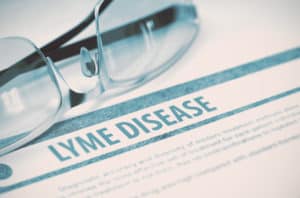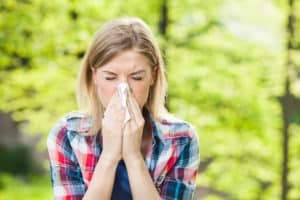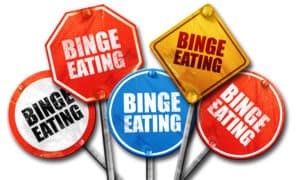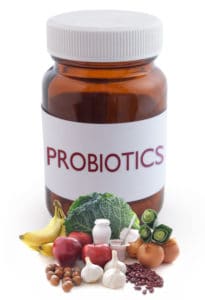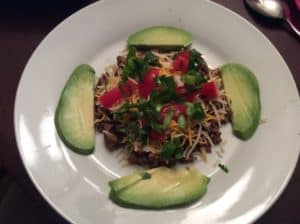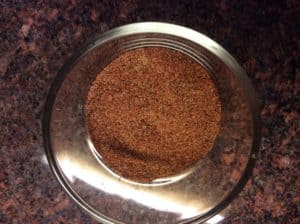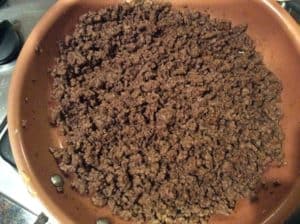Most people have heard (or suffer from) “food allergies”. But sometimes it isn’t a true allergy that they are experiencing. They don’t have a food “allergy” they have a “sensitivity” or “intolerance”. These distinctions are possibly insignificant in the casual conversations with a friend. But as a medical health professional, they are very significant to me. They mean very different things about what’s going on in a person’s body and more importantly how I can fix it!
So, let’s flesh out the differences between these terms:
• Food intolerance
• Food sensitivity
Food allergies
Food allergies cause an immune response by the body that occurs immediately after any amount of the food is ingested and can be mild or serious and potentially life threatening. The key here is that it is ANY AMOUNT (think peanut breath from one person causing a reaction in another person across an airplane). An allergic response might be itching, hives, stomach cramps, diarrhea, swelling, anaphylaxis, and even death.
Food intolerance
Food intolerance is when digestive symptoms occur after a certain food is eaten and the response time can vary. The food is unable to be digested by your body, so the gut bacteria eat it and this causes symptoms. The amount of food ingested can have an effect on the severity of symptoms. There is a threshold, where you can tolerate a small amount of the food but not a large amount. For example, some people with lactose intolerance are able to consume a small amount of dairy but if eaten in large quantities may experience symptoms. Yogurt and hard cheese are easier to digest because they contain low amounts of lactose. The key distinction here is that this is entirely a DIGESTIVE issue. There is no immune response going on. There are no symptoms outside the digestive tract. A food intolerance may result in nausea, stomach pains, bloating, vomiting, or diarrhea.
Food sensitivities
Food sensitivities are an immune response but a different type of immune reaction from an allergy. They can originate from the systemic immune or digestive immune system and the response can be delayed (up to 3 days!) or even undetectable. The amount of food that causes a response varies (again, a threshold) and symptoms include nausea, stomach pains, vomiting, bloating, diarrhea, headache, irritability, joint pain, eczema, lack of energy, and more. Most people’s problems with food fall into this big category.
This blog post is an excerpt from my eBook: Health Takes Guts, Your Comprehensive Guide to Eliminating Digestive Issues, Anxiety and Fatigue. Check it out and learn how to resolve sensitivities and intolerances.

